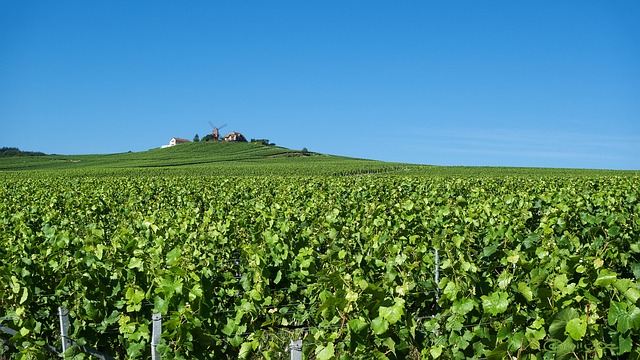
In this post, we’ll cover everything you need to know about the history of Champagne in 5 minutes (or less!), from when the first vines were planted up until it became an official appellation in 1936.
Everyone knows history can be fun when booze is involved, and Champagne’s history is certainly no exception! So let’s jump right into this!
Champagne Before the Middle Ages
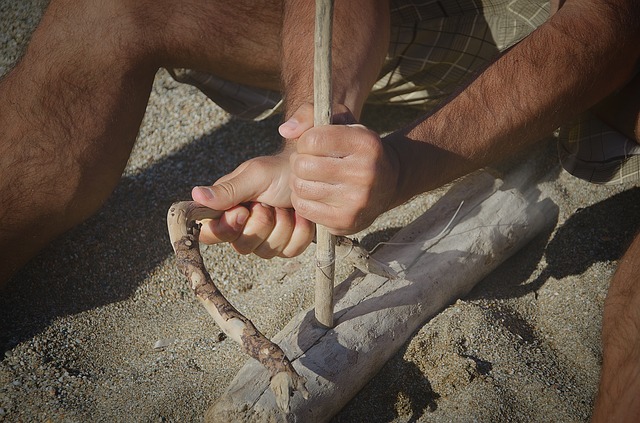
The first people to plant vines in Champagne were (shocker!) the Romans. Really, history, could we please have one other group of humans found something?
Anyway, the Roman’s came in and built all the things and made the vineyards. The end.
Champagne During the Middle Ages
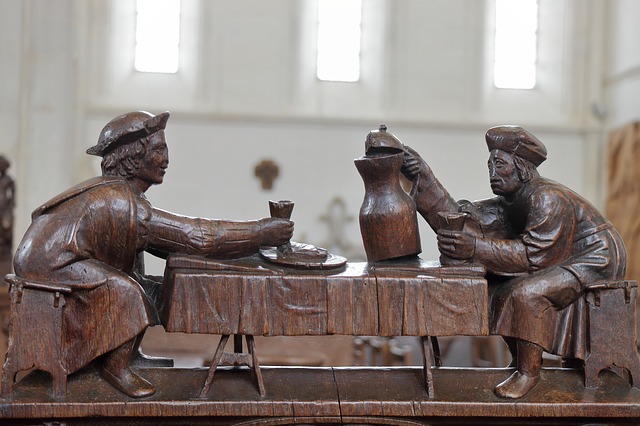
The monks took it from there in the Middle Ages. At this point, the wine they were making was still still, AKA: not bubbly.
In fact, the bubbles were a total accident.
Our monk friends hated bubbles in wine and thought carbonation was a huge defect. They referred to sparkling wine as “Devil’s Wine,” partially because bottles would just explode at random due to the high pressure of carbon dioxide inside the glass.
Not fun to clean up, but I mean… they’re monks. What else were they doing?
Dom Perignon Era
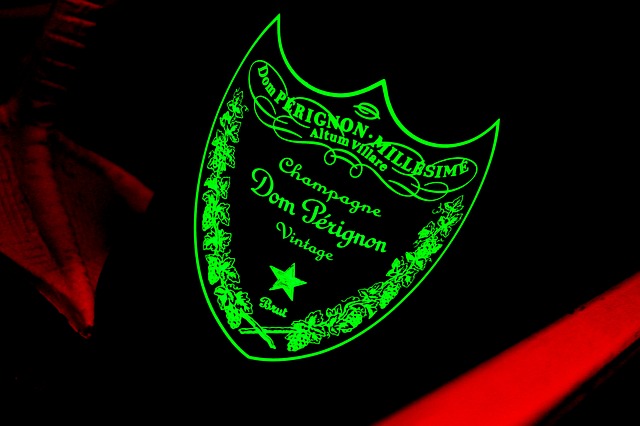
So the monks were understandably tired of their wine exploding, and they tasked the one and only cellar-master Dom Perignon with removing the demon bubbles in 1668.
Yeah, he’s a really person. A real monk person. And ya’ll already know he did the LORD’S WORK.
Domalicious pioneered a ton of important wine-making techniques and laid down the basic principles for how we make Champagne today. Instead of getting rid of the bubbles, he tamed their wild spirit and made them delicious.
And just to name a few other accomplishments off of Dom’s resumé, he…
- Got stronger bottles and better corks to keep the wine from detonating all the time.
- Established the art of blending grapes to make wine taste even better.
- Created a systematic process for making Champagne.
He did a lot of other stuff too, but that seems like more than enough praise for one man today.
Napoleon Was There Too
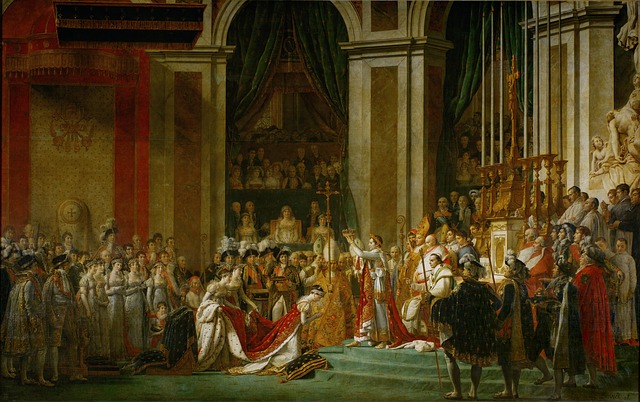
Dom did all of this in the late 17th/early 18th century, but Champagne only became a “thing” when Napoleon entered the scene in the late 18th century.
That trend-setter drank the bubbly like it was his nine to five, which elevated Champagne to an “elite” wine for royalty to shovel down their noble windpipes.
Then Napoleon Died and Champagne Sucked
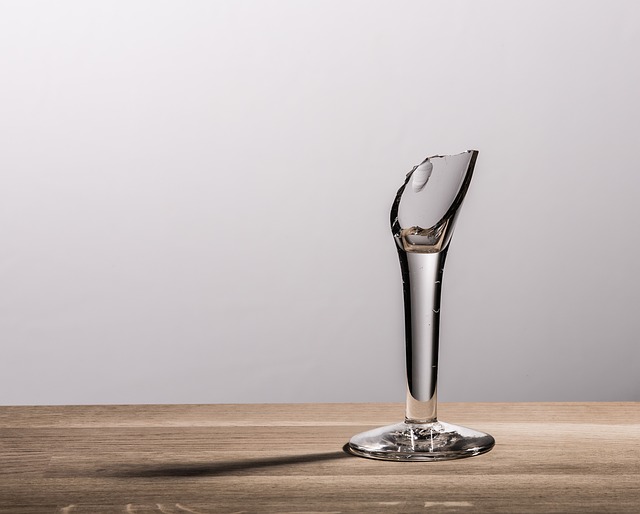
During the 19th century, Champagne only became more and more popular. Like Regina-George popular.
Sounds like a good thing, right? But it wasn’t. Because that’s not how supply and demand works. Basically, everyone wanted a taste of the bubbly elixir, which led to people putting a whole bunch of random ingredients into their Champagne to increase production while lowering costs.
No joke: before 1907, Champagne only had to be comprised of 51% grapes from the actual Champagne region, and the rest could be grapes from other regions, or pear, apple, or rhubarb juice. That means Champagne could easily have been 49% juice! That would get you only slightly drunker than Welch’s.
Champagne Riots Went Down
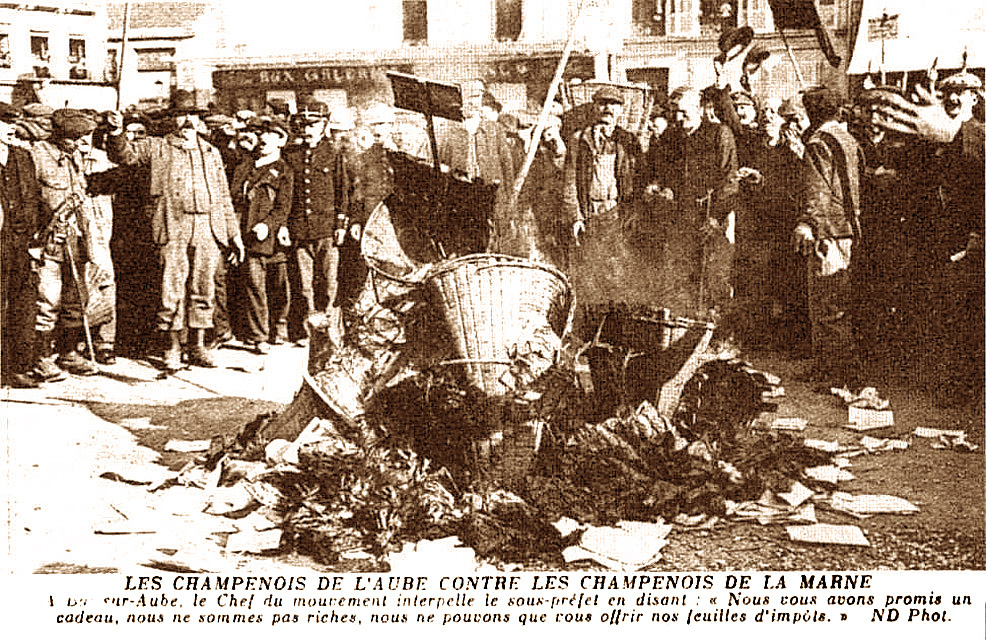
All of this knock-off, fraudulent “Champagne” production angered the farmers who grew Champagne grapes for very valid reasons.*
*It’s important to note: the people growing grapes in Champagne usually were NOT the people making or selling the wine. The growers just sold grapes to the creatively named “Champagne Houses,” who then made the wine to be sold to the public and reaped the majority of the profit.
The growers were already mad about a lot of other stuff. Namely phylloxera, a bug that destroyed almost all of the vineyards in France in the late 19th century and left them poorer than usual.
Then to add insult to injury, the Champagne Houses started buying cheaper grapes from other regions instead of from the local growers, and labeling it as “Champagne” since regulations were lax and the Champagne Houses just wanted to rake in the dough,
So phylloxera plus the Champagne Houses buying from other sources left the grape growers so poor and so upset about the state of their businesses that in 1910, they started rioting their mustachios off.
That’s right! Angry mobs of Frenchmen stormed the streets, poured out ALL the knock-off Champagne, pillaged villages, and started a gigantic fire.
And like with most riots, this has a happy ending! All of that flaming, French-filled violence helped push the government to enforce stricter boundaries and regulations to prevent fraudulent wine in the region and put pride back into the Champagne name.
Champagne Lawyered Up
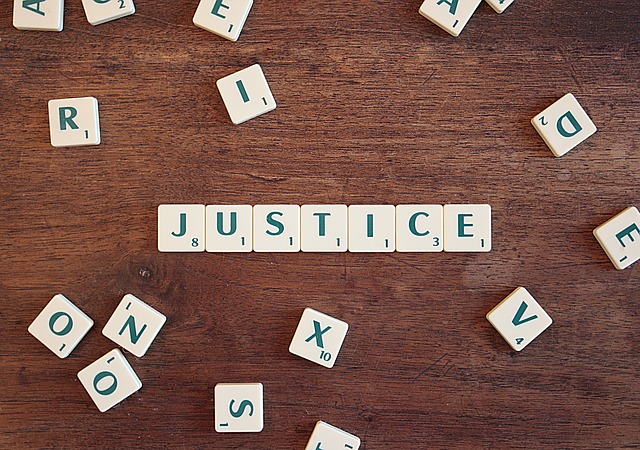
These government regulations only intensified in 1936, when the Champagne appellation was officially created. And nowadays, the Champagne appellation has some of the strictest wine-making regulations in the world.
The End
That should be more than enough historical drama for one post!
I hope you discovered everything you needed to know about Champagne and this gave you some fun, new knowledge about one of my favorite wine regions. I also hope it inspired you to go out for a celebratory glass of your favorite bubbly! I mean, you learned something today, you deserve it 🙂
Read Also: